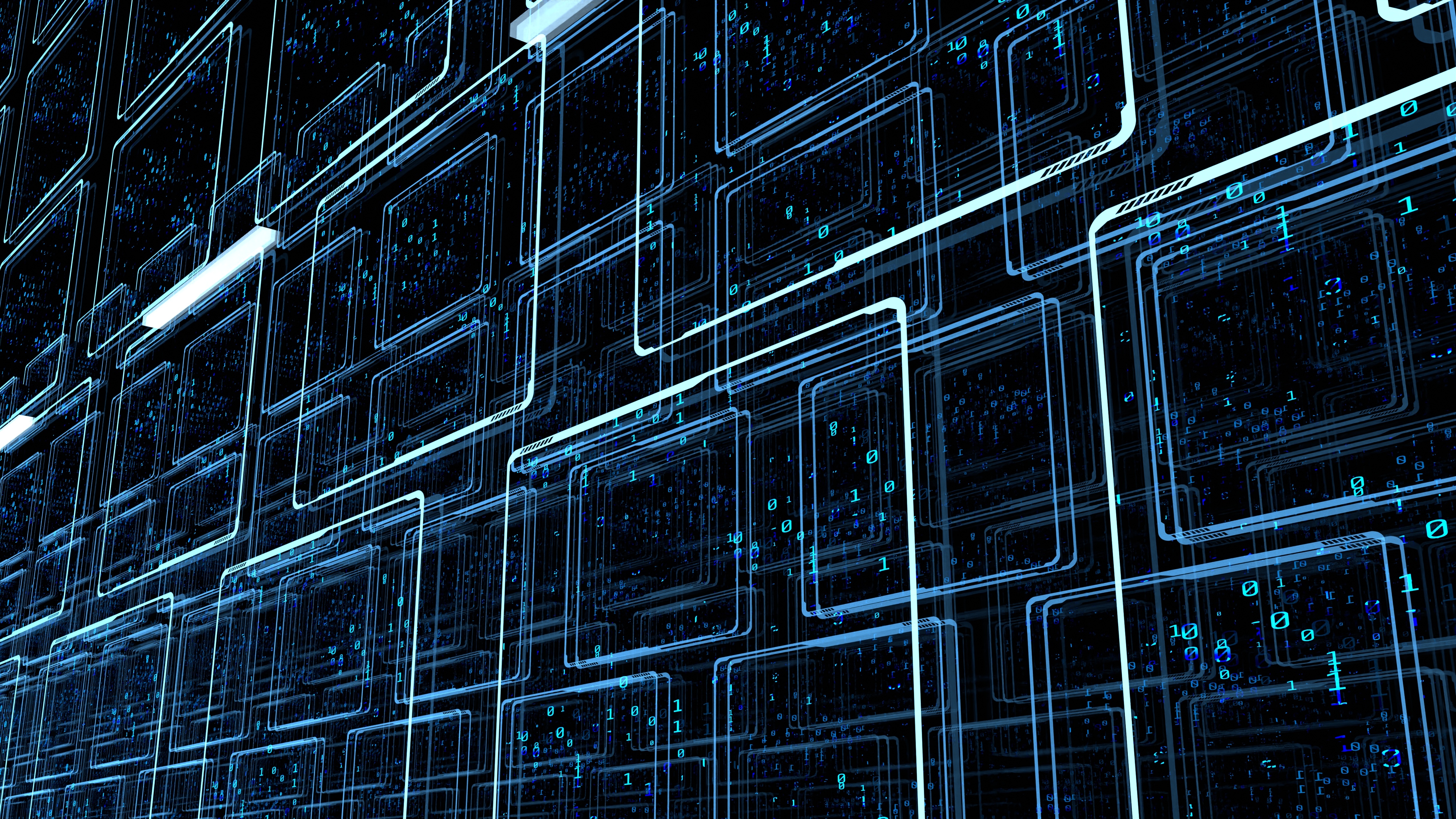5 Shortcomings of Traditional IT CMDBs and Why You Need a Data Center CMDB
Many organizations use a traditional IT CMDB for tracking IT assets, but relying solely on it can create blind spots in data center operations.
A Data Center CMDB is purpose-built to address these challenges, offering deeper visibility, real-time insights, and operational efficiency.
It is crucial to understand the difference between the two CMDBs and why switching to a Data Center CMDB could result in more optimization and efficiency.
What is a Traditional CMDB vs. a Data Center CMDB?
A traditional IT CMDB catalogs an organization’s hardware, software, systems, facilities, and personnel, aiding IT service delivery and decision-making. It provides visibility into IT assets (Configuration Items or CIs) and their relationships, supporting asset management, change tracking, and ticketing. Additionally, it helps document modifications and assists with impact analysis and root cause investigation.
A Data Center CMDB, part of Data Center Infrastructure Management (DCIM) software, expands on a traditional IT CMDB by offering real-time visibility into both IT and supporting infrastructure. It tracks servers, networks, and storage, along with racks, PDUs, cabling, UPSs, and data/power circuits. Beyond asset tracking, it maps ownership, location, and interconnections down to physical ports and up to virtual machines and applications, providing a comprehensive view of the data center.
Key Differences Between a Traditional and Data Center CMDB
While both CMDBs are extremely helpful in the data center, there are a few key differences. A traditional CMDB helps IT teams manage corporate assets as logical objects, supporting change management, ticketing, and compliance to align IT with business goals. In contrast, a Data Center CMDB is built for data center operations, focusing on physical infrastructure, capacity, and resource management. It offers 3D digital twin visualizations, tracking power, cooling, space, and connectivity to enhance efficiency, availability, and utilization.
5 Reasons Why Traditional CMDBs Fall Short for Data Centers
A traditional CMDB can only take you so far in your data center. With a Data Center CMDB, you can avoid these five shortcomings of a traditional CMDB:
- Lack of supporting infrastructure. IT CMDBs primarily focus on IT assets like servers but typically do not track critical physical infrastructure components such as racks, rack PDUs, structured and patch cabling, UPS, busways, and branch circuits. This limitation makes it difficult for data center teams to manage their entire estate of equipment, leading to inefficiencies in capacity planning, troubleshooting, and deploying equipment.
- No detailed physical location data. IT CMDBs do not provide granular location details such as the exact site, cabinet, and U position of assets. This is critical for data center operations, as knowing precisely what assets you have and where they are can reduce downtime when replacing or troubleshooting equipment, optimize space utilization, and ensures you are not paying maintenance for equipment that is no longer in use.
- No power and environmental monitoring. Traditional IT CMDBs are not purpose-built to track real-time power usage or environmental data like temperature and humidity, which is crucial for maintaining uptime and optimizing energy consumption. Without these insights, organizations may risk power or thermal issues, leading to costly outages and increased operational expenses.
- Limited connectivity insights. IT CMDBs do not track detailed power and network connectivity. They cannot show how devices are physically connected or help manage port capacity. This lack of visibility can lead to inefficient resource utilization and troubleshooting delays.
- No visualization of assets or relationships. Unlike Data Center CMDBs, which offer rack elevation views and digital twin visualizations, IT CMDBs are simply databases of fields with no spatial or graphical representation. This makes it difficult to understand how assets are arranged, how they are connected, and how changes will impact the environment. Without visualization capabilities, teams are forced to rely on manual and time-consuming tools and spreadsheets, leading to operational inefficiencies.
World Bank: A Real-World Example of CMDB Integration
A traditional IT CMDB is certainly useful for organizations, but managing a data center with only an IT CMDB can be time-consuming and prone to errors.
That’s why leading data center professionals are not only leveraging a Data Center CMDB but integrating it with their IT CMDB to enable a single source of truth and reduce manual effort.
For example, many companies are integrating ServiceNow with DCIM software. One of them being The World Bank, an international financial institution with assets in 250 racks in two colocation facilities, 80 telco closets in their headquarters, and almost 400 telco closets in 180 countries.
According to the World Bank’s Senior Project Officer, Frank Butler, they had already implemented Sunbird’s DCIM solution for their main data center sites, but the technology assets in their global telco closets were just sitting in spreadsheets and ServiceNow. Integrating DCIM software with ServiceNow has helped them track and manage assets across all their technical spaces.
Butler stated, “Global asset management is complicated with lots of interactions and hand-offs taking place trying to get equipment and systems to their final locations. We can use the integration with dcTrack and ServiceNow to validate that systems are where they are supposed to be and can manage them throughout the asset lifecycle.”
Now with the integration, the World Bank enjoys 3D digital twin visualization, automated provisioning, and better asset lifecycle management.
For more information, read the World Bank case study.
Bringing It All Together
Managing a modern data center requires more than a traditional IT CMDB. A Data Center CMDB provides real-time asset tracking, power and capacity monitoring, and seamless integrations, creating a single source of truth .
By automating processes and improving data accuracy, it reduces manual effort, enhances efficiency, and ensures smarter decision-making. Embracing a Data Center CMDB is key to optimizing operations and staying ahead in an increasingly complex digital landscape.
Want to see how Sunbird’s world-leading DCIM software makes it easy for you to enable a single source of truth? Get your free test drive now!





























